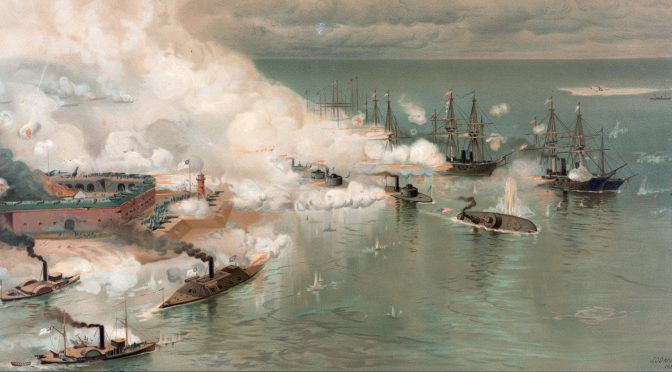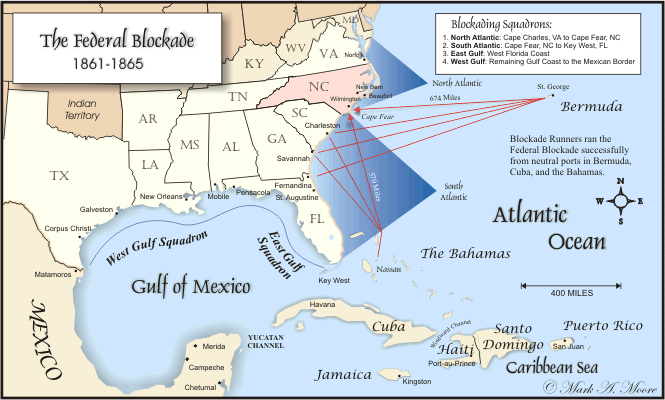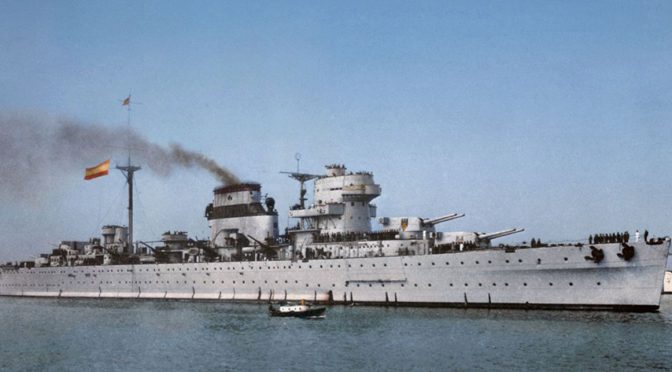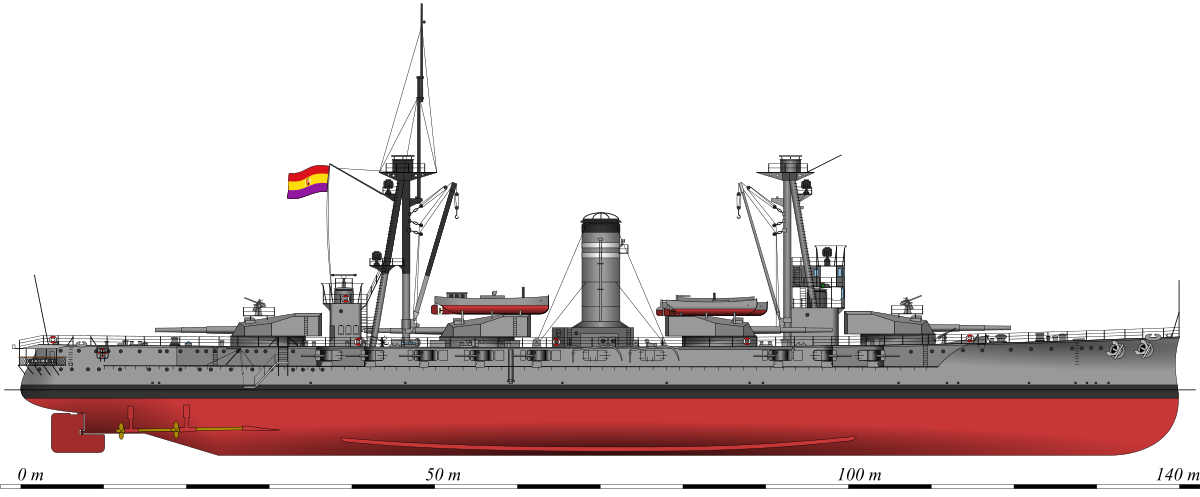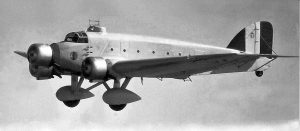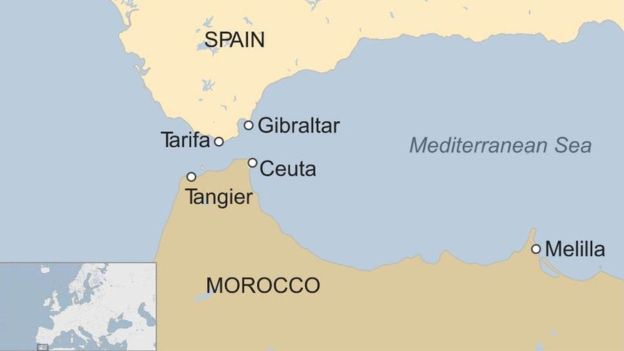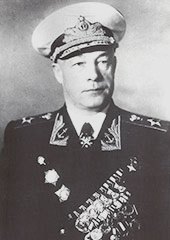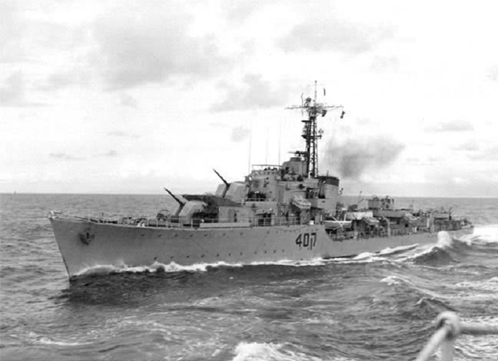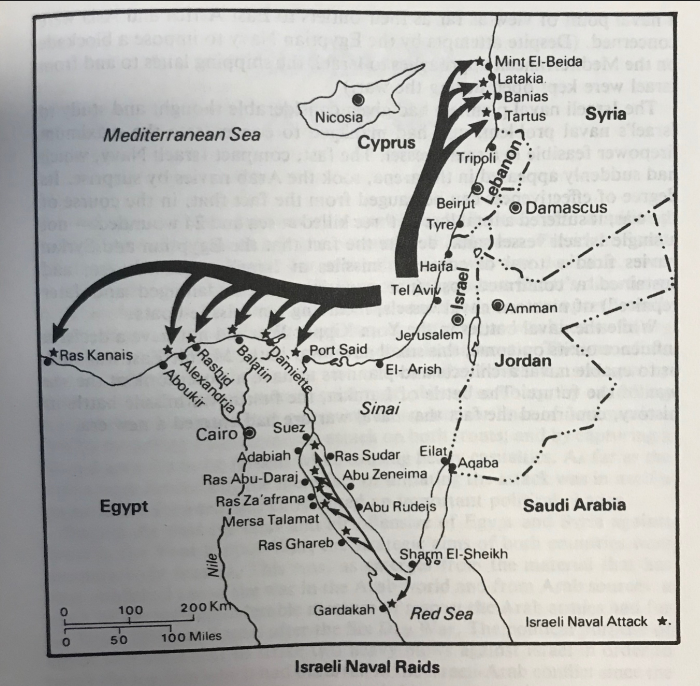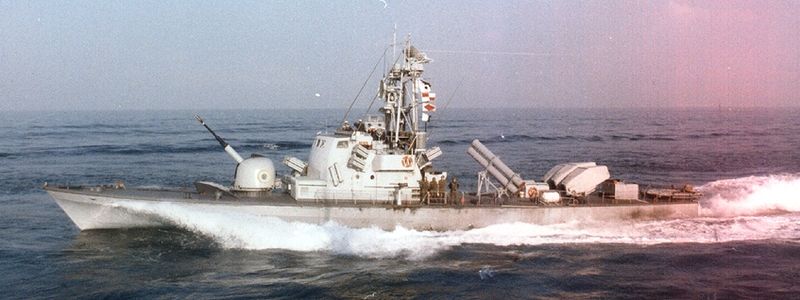By Mie Augier and Wayne Hughes
Introduction
In the outpouring of appreciation following the passing of Andrew W. Marshall, many people paid tribute to different parts of his work, to include understanding the weaknesses of the Soviet economy, net assessment as a way of thinking, and the emerging power of China. His many friends and admirers wanted to give credit where credit is due.
This brief note complements the many tributes. We aim to capture elements of how he was thinking more than what he was thinking. We emphasize a few key characteristics: How he viewed the world, the nature of his interdisciplinary mind that focused on the importance of questions, and reflections on what future generations of scholars and practitioners can learn from and be inspired by.
Already in his youth, Marshall had an extraordinarily open mind, a lasting appreciation for history, and a Midwestern humbleness and modesty that stayed with him.1 As a child, he read widely at the public library, and bought books when he got a little money. Always respectful of people, he treated everyone alike; ideas and thinking had no rank or titles. Living through the depression and interwar years, he was aware of the broad societal and geopolitical underpinnings and implications of war and peace, and the centrality of human nature. He came close to becoming an academic after studying at the University of Chicago with scholars such as Milton Friedman, Frank Knight, and Rudolf Carnap (and meeting other emerging social scientists such as Herbert Simon and Kenneth Arrow).
But his interests were always broader than what one or two disciplines could encompass. At RAND, he found an institution that could accommodate his broad range of interests and his passion for helping the country think better about matters related to national security, and where he could begin developing an intellectual framework for that. There he found individuals with similar and complementary interests such as Herman Kahn, Herbert Goldhamer, Nathan Leites, and James Schlesinger. He also came to see the importance of organizations both as a lens for understanding the behavior of nations and national security players, and also as facilitators (or sometimes, inhibitors) of better strategic thinking.
A Quest for Questions
Andy Marshall’s work at RAND provided important insights into key strategic issues – a focus that he would continue and develop later at the Pentagon. For example, he developed the early elements of the long term competition framework, and worked with Graham Allison, James March, and others to develop different lenses (rational, organizational, and bureaucratic) for understanding governmental decision making. He was involved in the early developments of scenario planning and wargaming exercises at RAND that emerged in large part in reaction to other major developments at RAND: systems analysis and game theory.
What is important is not just what he did and the studies he worked on or who he mentored, but also how his character and style helped him think the way he did. Underlying Marshall’s perspective was an emphasis on questions. Focusing on questions helps one get the right diagnosis of a situation because one is less inclined to reinforce what one already believes, and researching the empirical issues one is naturally led to also cross disciplinary boundaries. As he began to look into academic underpinnings for long term strategy and strategic thinking, he began to challenge existing ways of thinking about strategy and behavior to develop a broader view.
Essential in Marshall’s mind was the centrality of human nature and insights from organizational behavior. Very early on, Marshall and his close friend Herman Kahn would go on long walks on the weekend in the Brentwood area, talking about the importance of human nature to understand conflicts. Many colleagues at RAND didn’t share their enthusiasm for trying to generate empirical insights, preferring instead to apply existing theory – especially systems analysis. Over time, Marshall found research from bio-social anthropology, zoology, psychology, organizational behavior, business strategy, and cultural studies to be useful in developing insights about how culture influences individuals, organizations, and the behavior of groups, which was often quite different from theories of opponents’ strategic cultures. He engaged the work of Lionel Tiger and Robin Fox on understanding ‘men in groups.’
In the 1960s, Marshall began a decades-long friendship with James Schlesinger, who started as Marshall’s research assistant at RAND, fresh out of the economics program at Harvard. The two of them embarked on a mission to develop broader strategic thinking at RAND and insights into how the Soviet Union really worked, as opposed to how it behaved according to game theory and systems analysis. They used elements of different conceptual frameworks including the studies of Herbert Simon, Richard Cyert, James March, and the psycho-cultural works of Nathan Leites. They suggested setting up a program or even a department of organizational behavior at RAND. They were convinced that a broader understanding of the Soviet Union would lead to understanding how poorly our intelligence estimates of the Soviet economy really were. They studied organizations both as a lens to understand our opponents and as something that would help develop better strategic thinkers.
As anyone who has tried to integrate work from different disciplines knows, mixing different perspectives while keeping the diagnostic focus is very difficult. Centripetal forces of academic disciplines meant working within single disciplines would produce failing prescriptions. Thus for Marshall, it could have been easier to ‘give in,’ but he always cared more about getting useful insights, not academic or political approval of his own career or bureaucratic survival. “We are here to inform, not to please,” he’d say.
He did not waver in challenging us, and himself, to think about national security in the broadest sense. No single theory or perspective has it right. Marshall believed if one looks for only one dominant perspective, one runs the risk of producing a trained incapacity for strategy and strategic thinking. He and Schlesinger thought about this in the context of RAND, for instance in advising the then-incoming president, Harry Rowen, how to restructure and better organize RAND. Rowen wrote to Secretary of Defense Robert McNamara about his organization’s strengths and weaknesses, and Marshall and Schlesinger wrote several memos on how to get better strategic thinking at RAND along with some of the organizational trends to be aware of.2
Their emphasis on the importance of long term, interdisciplinary thinking is just as important for think tanks and educational institutions today. These issues of how Marshall thought about things are central to his later development of net assessment as an interdisciplinary approach.
Legacies and Lessons
Pursuing better empirical insights into strategic issues was for Marshall a lifelong calling, in addition to his distinguished career of public service and time at RAND. While we can never replicate his thinking, his legacy gives us many things to consider and build on for the future, whether in the education of future strategists, in our own thinking and doing strategy, and in our service as U.S. citizens. Marshal’s work includes many profound lessons.
Understanding the world as it is, not as how we might wish it to be. Marshall found it important that we approach strategic issues from a variety of perspectives, including national and organizational culture and demography, as important drivers of the future strategic environment.3
Finding value in outlier ideas – and in others’ ideas in general. This may sound straightforward, but it is not easy, because it implies always questioning one’s own beliefs. Seeing beyond one’s own favorite perspectives, ideas, and biases implies always questioning one’s own thinking. Questioning oneself is not most people’s favorite activity. But it is important both as a way to achieve better insights and to foster innovative thinking in others. He thought organizations often tend to edge out people with different ideas. John Boyd is an example of an innovative thinker and outlier who Marshall thought highly of.
Appreciation for understanding and gaming unthinkable futures. Marshall knew from his days at RAND that we need not just understand the likely futures, but also, and perhaps especially, the less likely, less likable, and more unthinkable ones (a theme that Herman Kahn also elaborated; Kahn’s essay, “In Defense of Thinking,” speaks to that).4 Marshall exploited wargames and case studies as ways to explore alternatives and what they might mean. From the early gaming exercises, his focus was on being as realistic as possible by including people with a variety of backgrounds and expertise; and by focusing on processes, not goals. Games facilitate cross-disciplinary discussions and collaborations to help players with diverse backgrounds understand contingencies they would not otherwise have thought of. Games were ways to instill better, broader strategic thinking by forcing participants to think through and formulate strategies.
Marshall believed the discomfort that comes with uncertainty goes hand-in-hand with exploring the boundaries of what one knows. Gaming was one way he taught decision-makers to be more comfortable with uncertainty and ambiguity. He believed in case studies and wargaming as participatory forms of learning and manifestations of an interdisciplinary approach. He knew that case learning can include counterfactuals, or ‘what ifs,’ and a way to learn from failures and avoid blind alleys.5
Marshall appreciated the roles organizations play in national security, and also for fostering or hindering sound thinking about national security questions. Much insight could be gained from a better understanding of how peer competitors’ organizations work, how their routines and operational codes evolve, and how their organizational structures, cultures, and practices are interrelated. What strengths and weaknesses influence their strategic decision-making? A better appreciation for the importance of how we organize to nurture strategic thinking in military educational institutions is important today, especially in the light of the recent Education for Seapower report’s emphasis on developing better strategic and critical thinkers. Marshall was the exemplar of a great strategic thinker who thought critically, long term, and organizationally.
Conclusion
The passing of Andrew Marshall may mark the end of an era in the history of Cold War strategists because his role in shaping U.S. strategy lasted many decades and was unparalleled. So, too, was his modesty, his humbleness, his caring about others, and his always questioning mind. He combined devotion to thinking and to the country and the need to understand with a gentle and patient spirit. He exemplified the best that any era can hope to achieve when it comes to the difficult but vital vision of how to think more strategically to help his country.
Perhaps the most important lesson is how Marshall sought value from areas outside his own domain and expertise. Rooted in his genuine humbleness and curiosity, he did not follow the natural human instinct to ‘do what we know how to do best,’ and instead chose to pursue knowledge in areas he didn’t know well, and keep pursuing questions. When Marshall died, the country lost his strategic, human, intellectual, and moral compass. His quest for questions now rests upon us.
Dr. Mie Augier is a professor at the Graduate School of Business and Public Policy at the Naval Postgraduate School. She is interested in strategy, organizations, innovation, leadership, and how to educate strategic and innovative thinkers.
Captain Wayne Hughes, USN (Ret.) served thirty years on active duty, commanding a minesweeper, a destroyer, and a large training command. In retirement has taught, done research, and served as a Dean at the Naval Postgraduate School for over thirty years. He is a distinguished author of the U.S. Naval Institute.
Endnotes
1. He almost never talked about his own work or approaches. His modesty was even embedded in his language (most of the time he said “we” or “one”, not me or I …). Not imposing his own views or perspectives or theories is a significant part of his approach to strategy and emphasis on diagnosis, rather than prescription, as it helps get a better understanding of the situation and what forces might shape the future. The combination of his humbleness, interest in diagnosis and a broad and questioning mind set him apart from almost everyone else, especially in academia.
2. They also suggested, in collaboration with Richard Nelson and Sidney Winter, that the aforementioned organizational behavior department be instituted. While this and most of their suggestions didn’t materialize, they became grounds for Marshall and Schlesinger’s work on net assessment over the next decades.
3. Nathan Leites’ work on the operational code of the Soviet Union is a very relevant way of appreciating others; something that one could fruitfully develop with regards to China, too, especially in light of the national security strategy emphasis on peer competitors. How they organize; how they perceive; how they think, is all very central to our competitive advantage and how we might fare in war.
4. See for instance his piece “In Defense of Thinking” https://www.hudson.org/research/2211-in-defense-of-thinking
5. Teaching cases of historical failures also can help us be more comfortable by talking and learning from them.
Featured Image: Andy Marshall attends his retirement farewell ceremony at the Pentagon on Jan. 5, 2015. (Master Sgt. Adrian Cadiz/U.S. Air Force)


